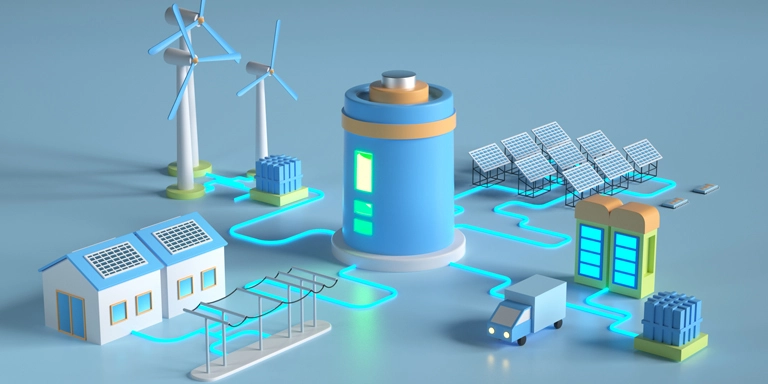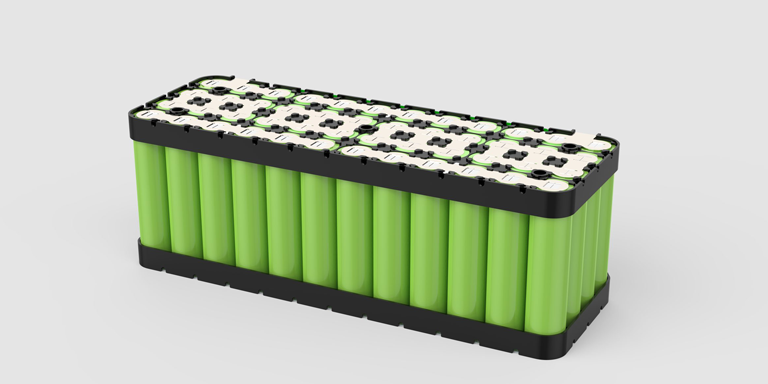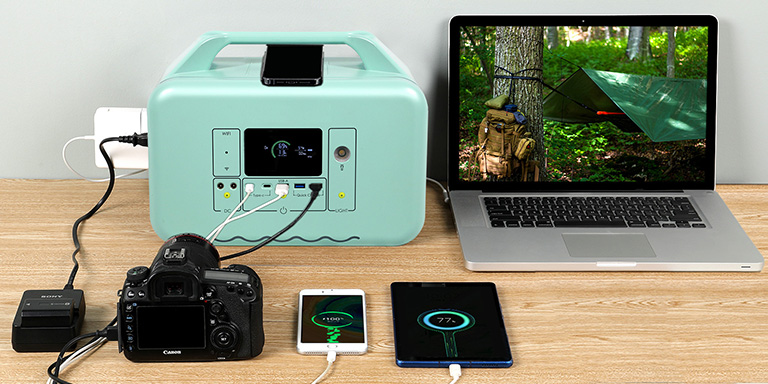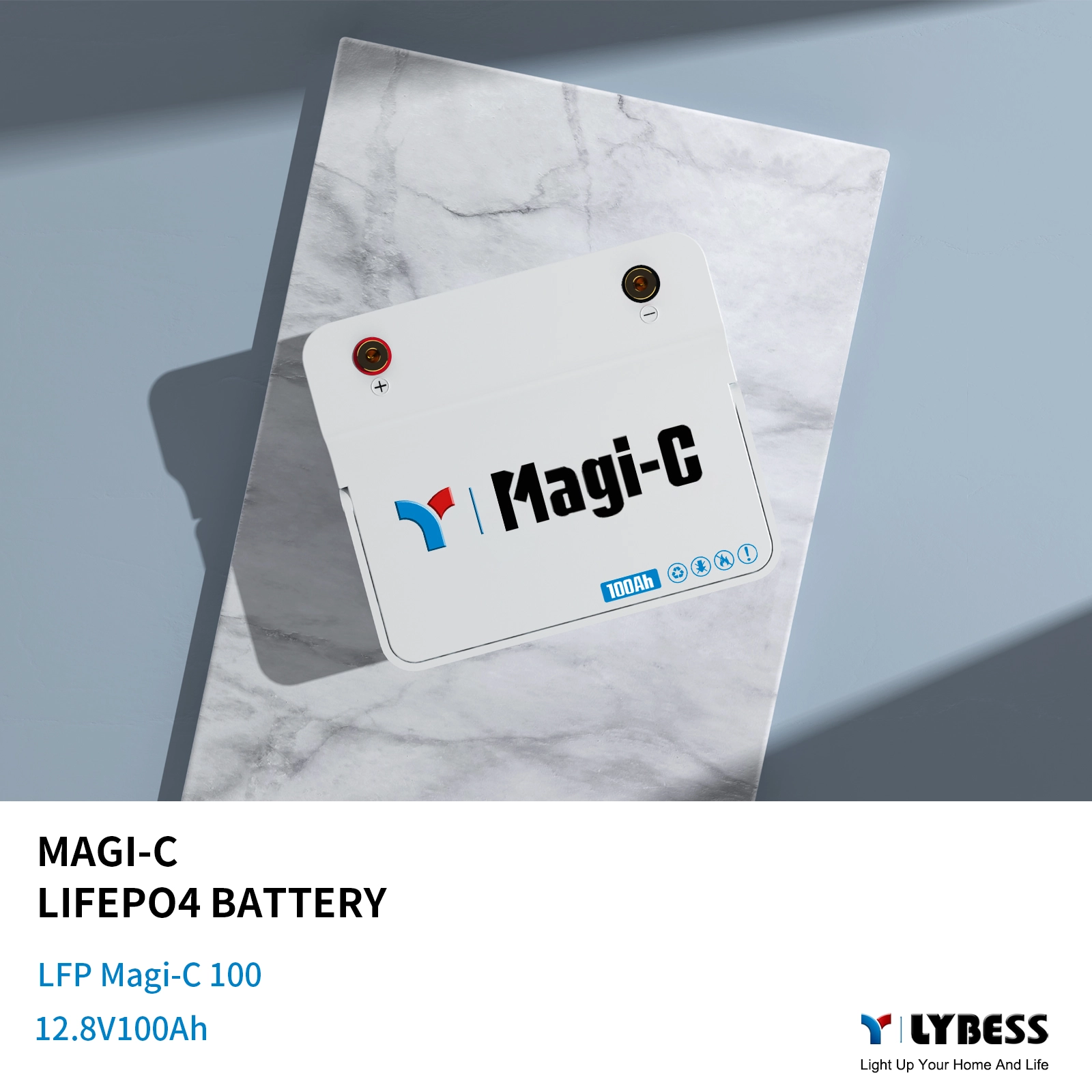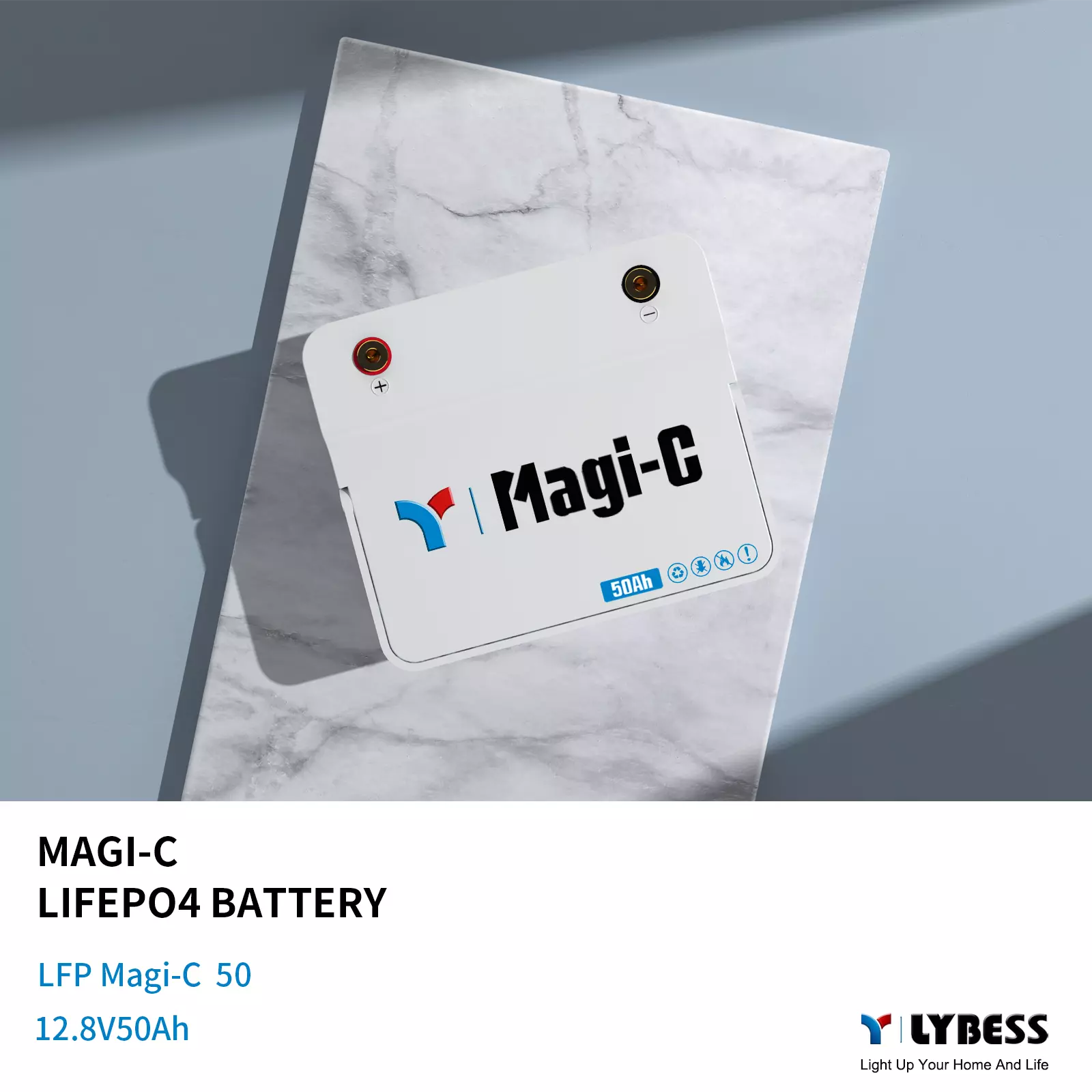The protection level of a product is one of the most important aspects that affects the service life and safety of the product. Two factors largely determine the protection level of a product:
1) the protection design level of the product;
2) the production process level of the product.
Today, we will take the main 12V LiFePO4 battery series products on the market as an example and give you a detailed introduction.
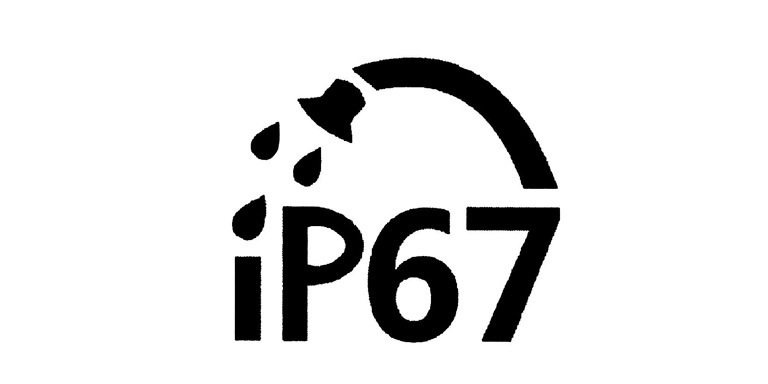
Introduction to protection levels (Source: Wikipedia)
When different brands introduce lithium batteries, they often use the term “IPXX” to represent the level of protection of the battery. The International Electrotechnical Commission established a standard, known as the IP rating, to show how well electronic products or other equipment are protected; IP stands for “Ingress Protection”. The first number, ranging from 0 to 6, indicates the level of protection against dust. The higher the number, the greater the protection; the second number, ranging from 0 to 9, indicates the level of protection against water. The higher the number, the greater the protection.
When we search for 12V lithium iron phosphate battery on various B2B platforms, we will find a phenomenon that different brands of 12V lithium batteries seem to “look the same”. The main reason for this is that they use a “common mould” case, the deeper reason for this I have mentioned in my previous article, you can refer to our product structure presentation.
Magi-C 12V Lithium Iron Phosphate Battery Features
They usually claim that their products are IP65, the most debatable of which is the waterproof rating of “5”, many products actually do not reach the advertised standard of “5”, even if they barely reach it, in the face of some special use scenarios, “5” waterproof rating is not enough. “The waterproof rating of the Magi-C 12V lithium iron phosphate battery has been tested by professional testing institutes and has reached a standard of “7”! The main reasons for this high waterproof standard are as follows.
The sealing process chosen for the other 12v LiFePO4 batteries of the same type is gluing. The process of sealing by gluing alone is not forgiving and is very likely to create many hidden problems.
Firstly, as the battery housing material is mostly plastic, during assembly, the self-weight of the internal modules and other components of the battery will exert a force on the housing, resulting in a slight deformation of the shell, causing a slight gap when the top cover and the case are combined.
Secondly, the overall design of these 12V lithium battery housings is very flawed. The upper cover and the case only rely on glue adhesion, with no other fastening force, which cannot enhance the tightness of the combination of the upper cover and the case, affecting the waterproof performance; in addition, the overall structural strength of the battery is not high, and when encountered, dropped, knocked, etc., deformation will occur, leading to open glue, and even affecting the safety of use. As time goes by, the glue starts to age and the overall protection performance becomes worse and worse.
So what does the Magi-C do as a redefinition of the 12V lithium battery? What makes it a redefinition again?
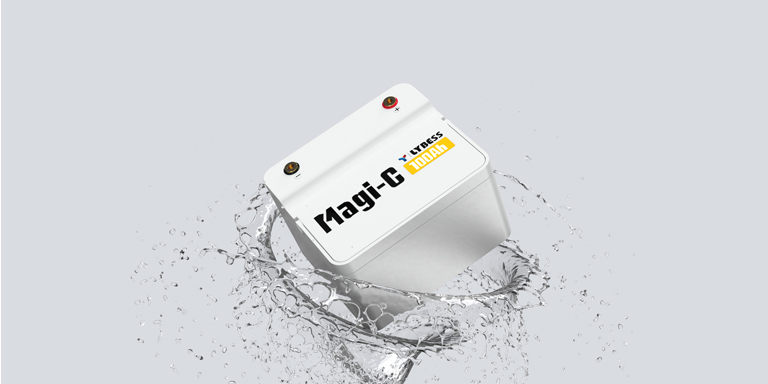
A theoretical design perspective on waterproofing
The Magi-C has been designed from the point of view of product protection theory, rejecting the design of other 12V lithium batteries and adopting a more professional and rigorous product design to enhance the ability to cope with complex use environments.
The Magi-C 12V Li-Ion battery is an innovative extension of the automotive-grade protection design to the Magi-C series, with an overall theoretical design level of IP67.
In addition to the innovation from the theoretical design, how is the Magi-C 12V series lithium battery achieved from the point of view of the product process?
Magi-C 12V LiFePO4 process design
As we all know, the key to waterproofing lies in the waterproofing of the seams! Unlike other products that use gluing to seal the gap, Magi-C uses a waterproof seal and screw locking process, the advantages of doing so are manifold:
1. Magi-C uses a custom size seal, which fits perfectly with the size of the case, not only increasing production sales but also being able to avoid the process errors caused by manual production, which affects the waterproof performance;
2. Through the torque of the screw locking The top cover and the case reduce the size of the gap, and through the extrusion of the groove projection at the joint, the waterproof seal is made to undergo a certain degree of deformation, and this process fills in some of the small gaps and plays a sealing role.
The Magi-C 12V lithium battery has 8 built-in screws for locking, providing a total of over 30N-m locking force, which not only improves the waterproof performance but enhances the overall structural strength of the battery, which can easily cope with various, vibration and drop conditions.
In addition, the screws of the Magi-C 12V Series Li-Ion battery extend from the bottom to the top cover, and we completely built the fixing of the screws into the interior of the case. In extreme situations, such as when faced with an immersion environment, the atmospheric pressure of the air inside the screw post will prevent water from flowing from the direction of the screw post to the inside of the battery, further enhancing the waterproof performance.
Summary
The above is only part of our waterproof design and process link, due to time constraints, we will make a video of the complete waterproof test experiment of Magi-C 12V series Li-ion battery in the future, which I believe will reflect the powerful waterproof ability of Magi-C more intuitively.
Protection is the foundation of a product’s functionality and it is important to choose a product with excellent protection. Of course, excellent protection is just one of the many advantages of the Magi-C magic, and we will be unveiling the Magi-C magic one by one in the future. If you would like to experience the magic of Magi-C in advance, please leave us a message and we will be happy to help you.






 Facebook
Facebook
 Twitter
Twitter
 Linkedin
Linkedin
 Back to list
Back to list